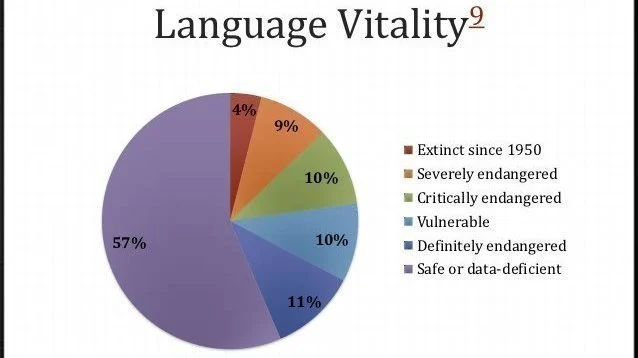The Impact of Colonialism on Indian Languages
Colonialism significantly impacted Indian languages, altering language dynamics, policies, and cultural practices. The British colonial rule introduced new linguistic influences and reshaped the linguistic landscape of India, leaving a lasting legacy on language use and identity. This article explores the multifaceted effects of colonialism on Indian languages and their enduring consequences.

Language Policies Under Colonial Rule
Introduction of English
One of the most significant impacts of British colonialism was the introduction and promotion of English as a language of administration, education, and governance. English became the medium of instruction in schools and universities, and it was used in legal and official documents. This shift aimed to create a class of educated Indians who could assist in the administration of the colony, but it also led to the marginalization of regional languages.
The Vernacular Press Act
The British government introduced policies like the Vernacular Press Act of 1878, which aimed to control and suppress dissent in the regional languages. By imposing restrictions on the press and penalizing publications that criticized the colonial government, this act had a chilling effect on the use of regional languages in political and social discourse.
Educational Reforms
Colonial educational reforms prioritized English and Western curricula, leading to the decline of traditional languages and educational systems. While English education created new opportunities for social mobility, it also contributed to the neglect of regional languages and their cultural heritage. This educational shift led to a generation of Indians who were fluent in English but less proficient in their native languages.
Linguistic Changes and Cultural Impact
Language Shift and Bilingualism
The promotion of English and the marginalization of regional languages led to widespread language shift and bilingualism. Many Indians adopted English for official and professional purposes, while continuing to use their native languages in personal and cultural contexts. This shift affected the status of regional languages, with some facing decline in use and prestige.
Cultural and Literary Impact
Colonialism influenced literary and cultural expressions in Indian languages. English became the language of modern literature and intellectual discourse, while regional languages often continued to reflect traditional themes and forms. The colonial period saw the rise of Indian writers who engaged with English literature and explored themes of colonialism, identity, and resistance in their works.
Preservation of Regional Languages
Despite the challenges, colonial rule also led to efforts to document and preserve regional languages. Linguists and scholars, both Indian and colonial, undertook studies and compiled dictionaries, grammars, and other resources. These efforts contributed to the documentation and standardization of many Indian languages, helping to preserve their linguistic heritage.
Post-Colonial Language Dynamics
Language Policy and National Identity
After gaining independence in 1947, India faced the challenge of addressing the linguistic legacy of colonial rule. The new government adopted policies to promote and preserve regional languages while maintaining English as an associate official language. The Constitution of India recognized 22 languages under the Eighth Schedule, reflecting a commitment to linguistic diversity and cultural identity.
Language and Modernization
The impact of colonialism continued to shape language use in post-colonial India. English remained a dominant language in business, technology, and higher education, while regional languages played a crucial role in cultural and regional identity. The tension between preserving linguistic heritage and adapting to modern demands persisted, influencing language policy and usage.
The Role of English in Globalization
In the context of globalization, English has become a global lingua franca, and its role in India has further expanded. The language’s influence extends to various sectors, including technology, media, and international business. This global presence has reinforced the importance of English while also prompting discussions about balancing English proficiency with regional language preservation.
Challenges and Opportunities
Addressing Language Inequality
Colonialism’s legacy has left enduring challenges related to language inequality. Regional languages often face competition from English and other dominant languages, leading to concerns about their vitality and preservation. Addressing these challenges requires efforts to promote multilingual education, support regional language media, and encourage the use of native languages in public and professional contexts.
Revitalization and Cultural Preservation
Efforts to revitalize and preserve regional languages are essential for maintaining India’s linguistic diversity. Initiatives to document endangered languages, promote language learning, and support cultural programs contribute to the preservation of linguistic heritage. Embracing both traditional and modern forms of expression helps to sustain regional languages and their cultural significance.
Conclusion
The impact of colonialism on Indian languages is profound and multifaceted, shaping language use, policy, and cultural identity in complex ways. While colonial rule introduced English as a dominant language and marginalized regional languages, it also spurred efforts to document and preserve linguistic heritage. In post-colonial India, balancing the legacies of colonialism with the promotion of linguistic diversity remains a key challenge. By addressing language inequalities and supporting revitalization efforts, India can continue to celebrate and sustain its rich linguistic and cultural heritage.



